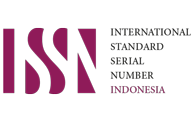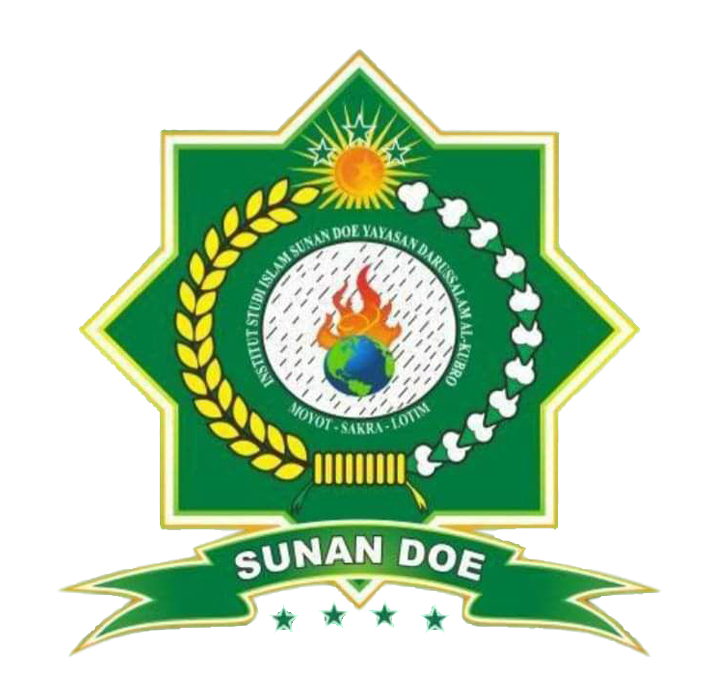- Article Template
- Archiving Policy
- Author Guidelines
- Author Fees
- Authorship Policies
- Editorial Team
- Copyright & License
- Focus & Scope
- Open Access Policy
- Journal History
- Publication Frequency
- Peer Review Process
- Publication Ethics
- Reviewers
- Reviewers Guidelines
- Screening Plagiarism
Indexed by
Supported Tools
Partnership
















